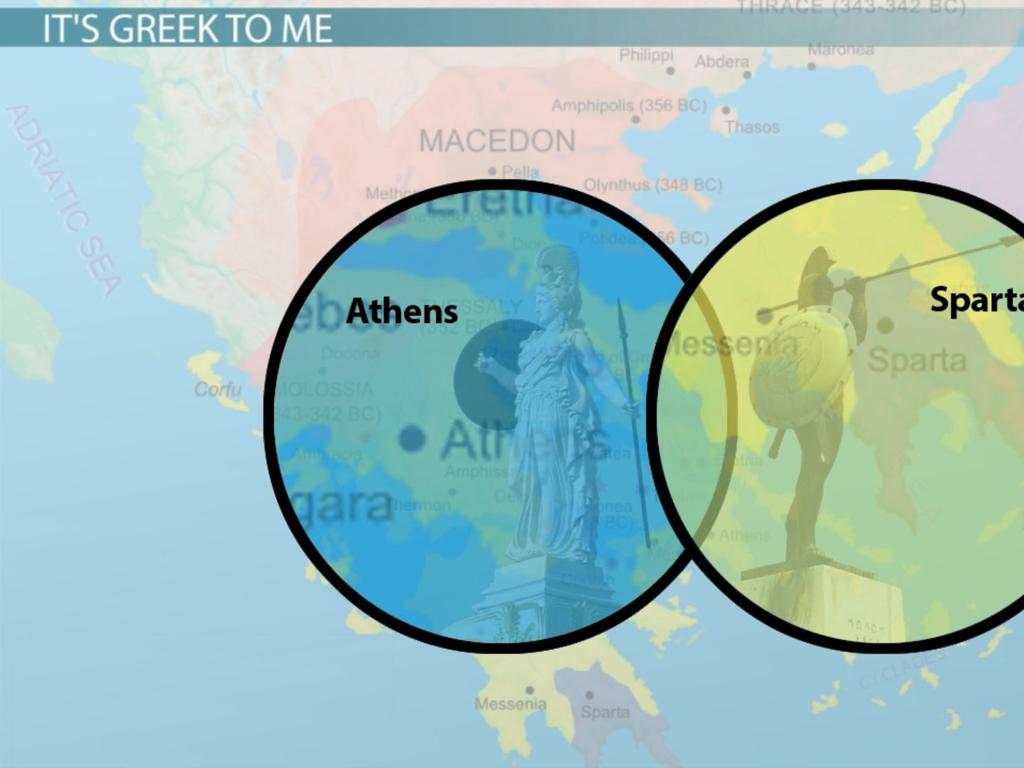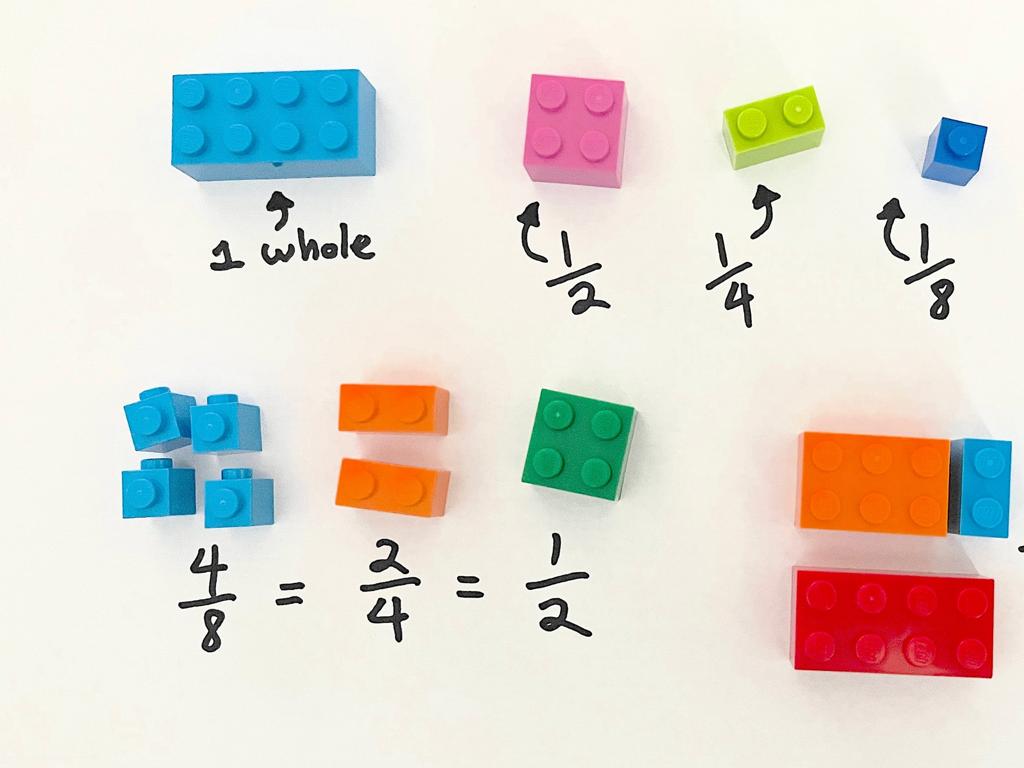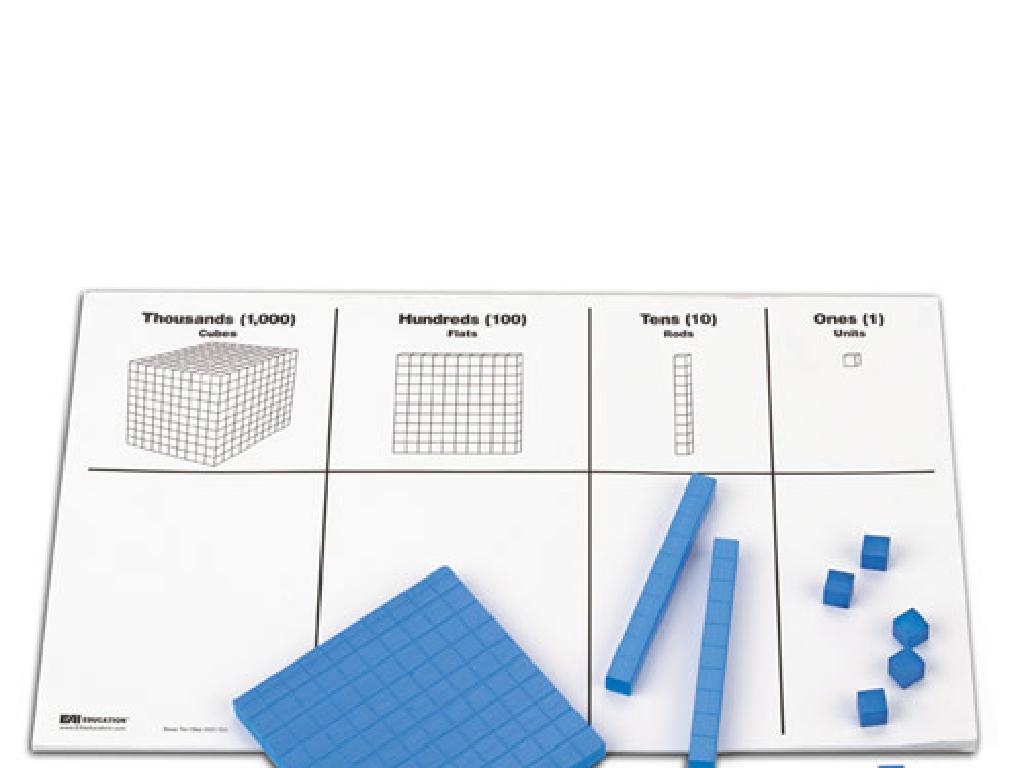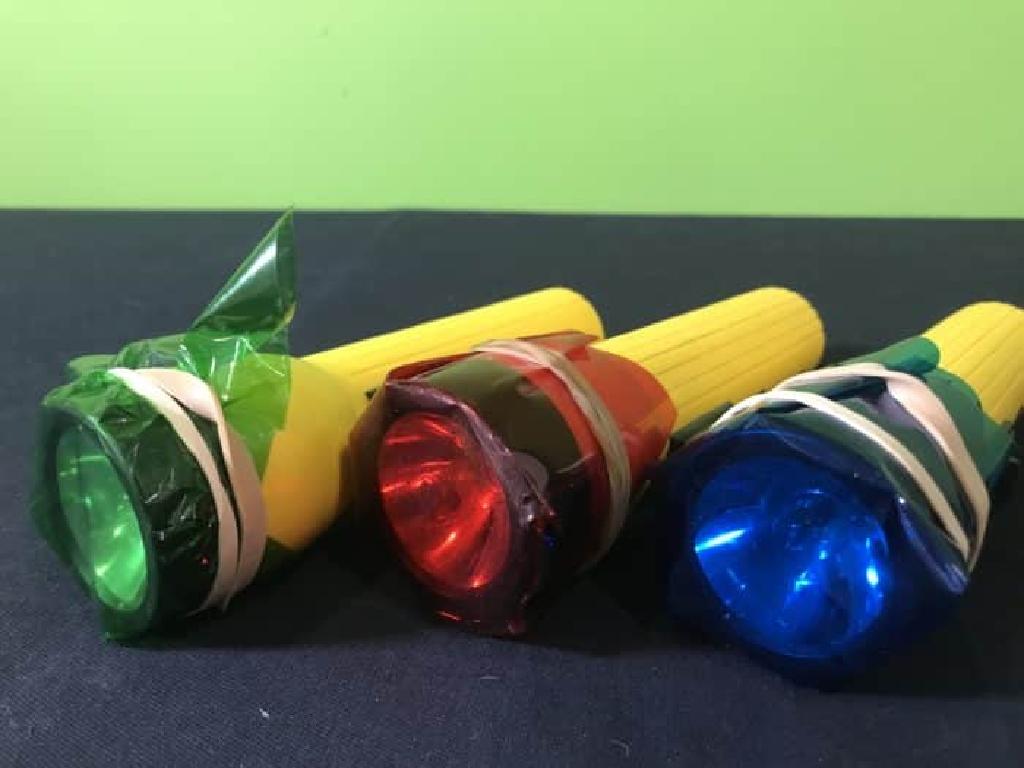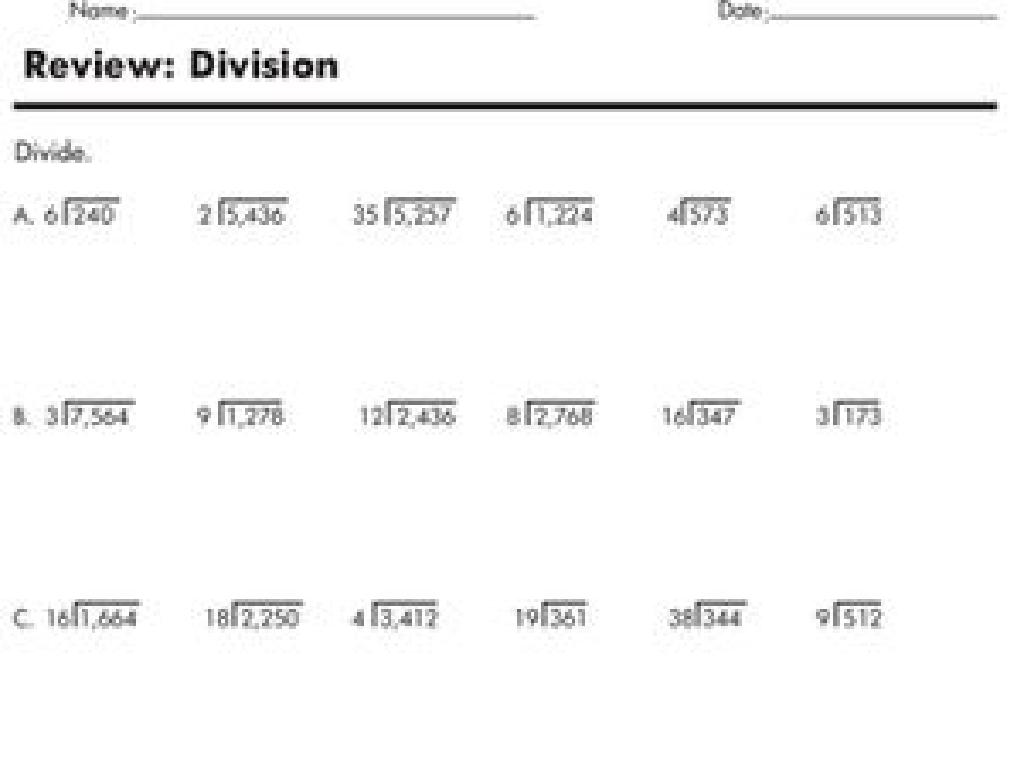Choose Numbers With A Particular Sum
Subject: Math
Grade: Fourth grade
Topic: Addition
Please LOG IN to download the presentation. Access is available to registered users only.
View More Content
Introduction to Addition: Choosing Numbers with a Particular Sum
– Welcome to our Math Adventure!
– Today’s goal: Find numbers that add up!
– We’ll learn to pick numbers that total a specific amount.
– Combining numbers to reach a sum
– Like putting together puzzle pieces to reach the target number.
– Key skill for math wizards!
– It’s like finding the right ingredients for a magic potion!
|
Begin the class with a warm welcome to set a positive tone for the lesson. Introduce the concept of addition as a math adventure, making it exciting for the students. Explain that the day’s objective is to understand how to choose numbers that, when added together, will equal a particular sum. Emphasize that this is an essential skill in mathematics, akin to solving a puzzle or creating a magic potion, to make it relatable and engaging for fourth graders. Use examples like combining coins to make a dollar or adding scoops of ice cream to reach a certain number to illustrate the concept in a way that resonates with their experiences.
Understanding Sums in Addition
– What is a sum?
– The total you get by adding numbers
– Example: Sum of 2 and 3
– 2 plus 3 equals 5
– Sum equals 5
– Can you find another sum?
– Think of any two numbers to add
|
This slide introduces the concept of a sum, which is foundational in understanding addition. Start by explaining that a sum is the result we get when we add numbers together. Use the example provided (2 + 3 = 5) to illustrate this point. Then, engage the class by asking them to come up with their own examples of sums. This will help reinforce their understanding of addition and encourage participation. For the activity, students can work individually or in pairs to find different pairs of numbers that add up to a given sum, such as 10. This exercise will help them see the variety of combinations that can result in the same sum.
Choosing Numbers for a Sum of 10
– Many pairs can make the sum 10
– Example: 4 + 6 equals 10
– Two different numbers that add up to 10
– Example: 5 + 5 also equals 10
– Same number added to itself makes 10
– Let’s find other pairs for 10
– Use counters or draw to discover pairs
|
This slide introduces the concept of finding different number pairs that add up to a specific sum, in this case, 10. It’s important to show that there are multiple solutions to this problem, which helps students understand the flexibility of addition. Start with simple examples and then encourage students to use manipulatives like counters, or to draw pictures, to find other combinations. This activity can be turned into a game where students compete to find the most pairs. It’s a great way to develop their understanding of addition and number relationships.
Using Number Lines for Addition
– Visualize addition with number lines
– Example: Adding 3 + 7 on a number line
– We place a mark on 3, then count 7 jumps to the right
– Start at 3, move 7 steps right
– Reach the sum of 10
– The number we land on is the total sum
|
This slide is designed to teach students how to use number lines as a tool for visualizing the process of addition. By using the example of adding 3 + 7, students can see that starting at 3 and making 7 jumps or steps to the right brings them to 10. It’s a concrete way to understand that addition is about combining quantities. Encourage students to draw their own number lines and practice with different numbers. This will help solidify the concept and improve their ability to find sums quickly and accurately. Make sure to emphasize that the direction of the movement on the number line is important we always move to the right when adding.
Activity: Sum Detective
– Become a Sum Detective
– Find pairs adding to a sum
– Two numbers that combine to make 12
– Work with a partner
– Collaboration enhances problem-solving
– How many pairs for sum of 12?
– Examples: 7+5, 8+4, 9+3, 6+6
|
This activity is designed to encourage collaborative problem-solving and reinforce the concept of addition. Students will work in pairs to find as many number combinations as possible that add up to the sum of 12. This will help them understand that there are multiple solutions to a problem. Teachers should monitor the pairs, provide guidance if needed, and encourage students to think of both typical and unique number pairs. Possible variations for different pairs could include using subtraction to find a missing addend, using manipulatives like counters or blocks to visualize the sums, or challenging students to find pairs that include negative numbers or fractions for advanced differentiation.
Sharing Our Findings: Addition Pairs
– Share different number pairs
– Discuss pairs for the same sum
– Why do 4+6 and 5+5 both equal 10?
– Recognize multiple solutions
– There’s often more than one way to reach an answer in math.
– Embrace problem-solving diversity
– Understanding this helps us become better problem solvers.
|
This slide is meant to facilitate a class discussion where students will share the different pairs of numbers they’ve found that add up to the same sum. Encourage students to explain their thought process and how they arrived at their answers. Highlight the importance of recognizing that a single problem can have multiple correct solutions, which is a key concept in mathematics. This understanding will help students to think flexibly and creatively in their approach to problem-solving. Prepare to guide the discussion by asking probing questions and providing examples if necessary. For instance, ask students to find all pairs that add up to 10, and then discuss why different pairs, such as 1+9, 2+8, etc., result in the same sum.
Class Activity: Sum Bingo
– Let’s play Sum Bingo together!
– Receive your unique bingo card
– Each card has a variety of sums
– Mark the sums when numbers are called
– Use mental math to find the sum quickly
– Aim for five in a row to win!
|
Sum Bingo is a fun and interactive way to practice addition. Distribute the bingo cards, ensuring each student has a card with a different set of sums. Call out pairs of numbers randomly. Students must calculate the sum and then mark it on their bingo card if it appears. The goal is to reinforce mental addition skills and the concept of finding numbers that add up to a particular sum. Possible variations for different students could include using larger numbers, providing a mix of addition and subtraction, or incorporating word problems that lead to the sums on the bingo cards. Monitor the students as they play to ensure they are calculating correctly and to offer assistance if needed.
Conclusion & Homework: Number Pairs
– Excellent work in today’s class!
– Homework: Find pairs adding to 20
– Look for two numbers that sum to 20
– Discover five unique number pairs
– Example pairs: (7, 13), (10, 10), (8, 12)
– Share your pairs next class
|
Today’s class focused on understanding how to choose numbers with a particular sum. For homework, students are tasked with finding five different pairs of numbers that add up to 20. This exercise will help reinforce their understanding of addition and the concept of finding multiple solutions to a problem. Encourage creativity and remind them that there are many correct answers. In the next class, we’ll discuss their findings, which will allow students to see the variety of possible combinations and further solidify their grasp of the concept.

